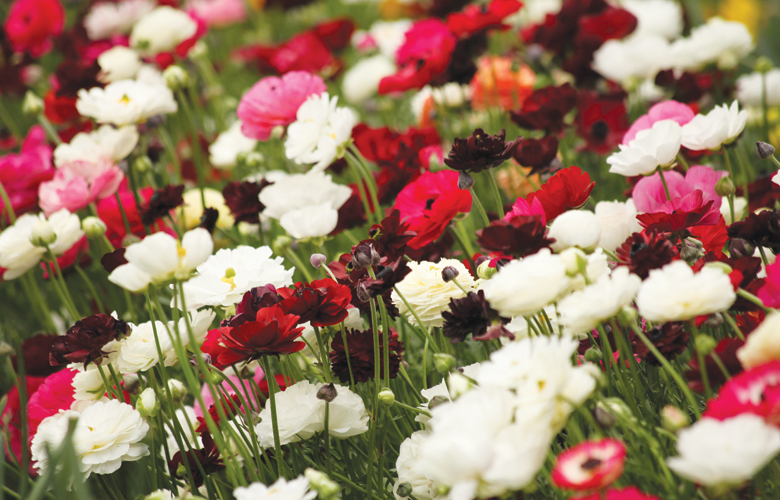 MONEY BACK GUARANTEE
MONEY BACK GUARANTEE GUARANTEED DELIVERY
GUARANTEED DELIVERY SECURE ONLINE PAYMENT
SECURE ONLINE PAYMENT CUSTOMER ENQUIRIES 1300 428 527
CUSTOMER ENQUIRIES 1300 428 527
With Spring bulbs you can harness the power of colour to transform an ordinary garden display into a fine piece of artwork.
Well placed colour in the garden has the power to set moods, create visually pleasing ‘pictures’, express individual style and even change the perceived size and shape of an area. So it makes sense when planning a garden to give colour just as much consideration as we do when planning the interior of our homes. Spring bulbs are the perfect garden accessory.
Spring flowering bulbs are invaluable for creating great garden pictures. Not only are they a rich source of colour, they’re also easy to use, versatile and flexible. Their brilliant splashes of colour can be enjoyed almost anywhere in the garden: borders, rockeries and all manner of containers.
Bulbs also blend well with annuals and perennials: so try some under-planting and over-panting in different colours. Part of the appeal of spring bulbs is that they can also be dug and moved annually which means you can experiment with new colour combinations every year!
When choosing the basis of your colour scheme, you might also like to consider the ‘temperature’ of the colours. ‘Warm’ colours (including reds & oranges) are invigorating as well as comforting whilst ‘cool’ colours (such as blues and greens) are calming and relaxing.

You don’t need any magical ability to create effective colour solutions. Simply start with one of the three basic ways of combining colour and then be guided by the colour wheel. Your three choices are:
Tulips are especially versatile as they have such an expansive colour range. You could underplant them with Forget Me Nots or Pansies.
Start now – you’ll be delightfully surprised at the results from just a little planning! And, with just a practise, you too will be creating brilliant garden ‘pictures’ with confidence.